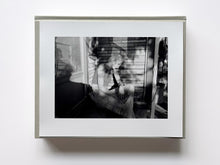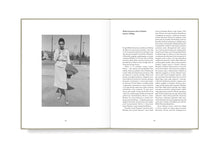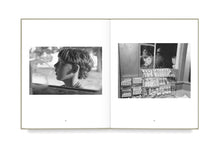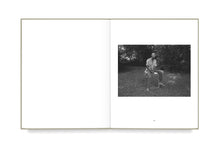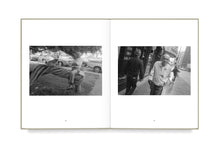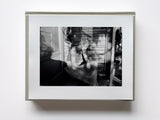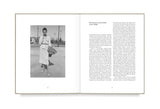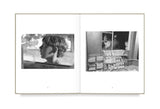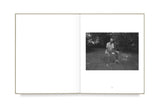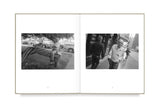Edition details:
First Edition Book
housed in a stamped slipcase, including
one silver gelatin print in 20x25 cm
edition of 15
signed and numbered
Print title: "Stephanie, Akron ,Ohio. September 2000"
***
Book details:
210x260mm, Hardcover, 368 pages, 270 Duotone illustrations with partial varnish
Essays by Andrew Szegedy-Maszak, Sandra S. Phillips and Mark Steinmetz
Text: Polish / English
***
Art history is packed with scenes of ordinary people in their daily activities. Humans have tried almost anything to grasp that everyday feel, adding new techniques and views along the way. Documenting life appeared much less challenging with the arrival of photography, until it showed its own limitations. Then a never ending discussion followed on how cameras and reality get along, and whether pictures mirror or modify the world around them.
That was ages before selfie sticks and apps. But as of 2024, it all still comes down to the way photographers approach the subjects they focus on. Enter Mark Steinnmetz, who’s been portraying anonymous people and places in glorious black and white for decades. Mainly walking around the American city suburbs and Southern towns he lived in, with an open eye to the unexpected.
Without being intrusive, Steinmetz carefully chooses the couples, kids and characters he comes across. In a park or on the move, having fun or doing nothing, in small groups or sitting all alone. He takes pictures of them on the spot, unaware of their story. But far from being impersonal, his random compilations of instants in other people’s lives always make intimate and revealing books or exhibitions. A poetic quality that also applies to the graffiti, trees, houses or roads he depicts.
His admiration for street photographer Garry Winogrand first brought him to Los Angeles, where he started his trilogy of books from the American South: South Central, South East and Greater Atlanta. Settled in Athens (Georgia) since the Nineties, Steinmetz has also portrayed life in France (France 1987 or Paris in my time), Italy (Insieme or Tuscan trees) and Germany (Berlin pictures).
The settings he chooses may change, but a similar spirit can be found in his projects at country fairs (Carnival), road trips (Past K-Ville) or kids’ camps (Summer camp). Long before empathy became a corporate word, Steinmetz’s images always distilled timeless and compassionate shots. Something that made you stare at them again, suddenly aware of the everyday magic hidden among people's ordinary struggle.
His narrative, if any, is born out of detail and his masterful use of black and white. Mostly introspective, sometimes humorous, socially conscious without preaching, and emotional without pretending. His unique skills are always at the service of his subjects, and not the other way around.
The deeply American flavor of his images has been linked to Southern names like novelist William Faulkner. In a way Steinmetz’s work has prioritized artistic work before the artist, just like Faulkner once wrote: “Don’t be ‘a writer’. Be writing” .










